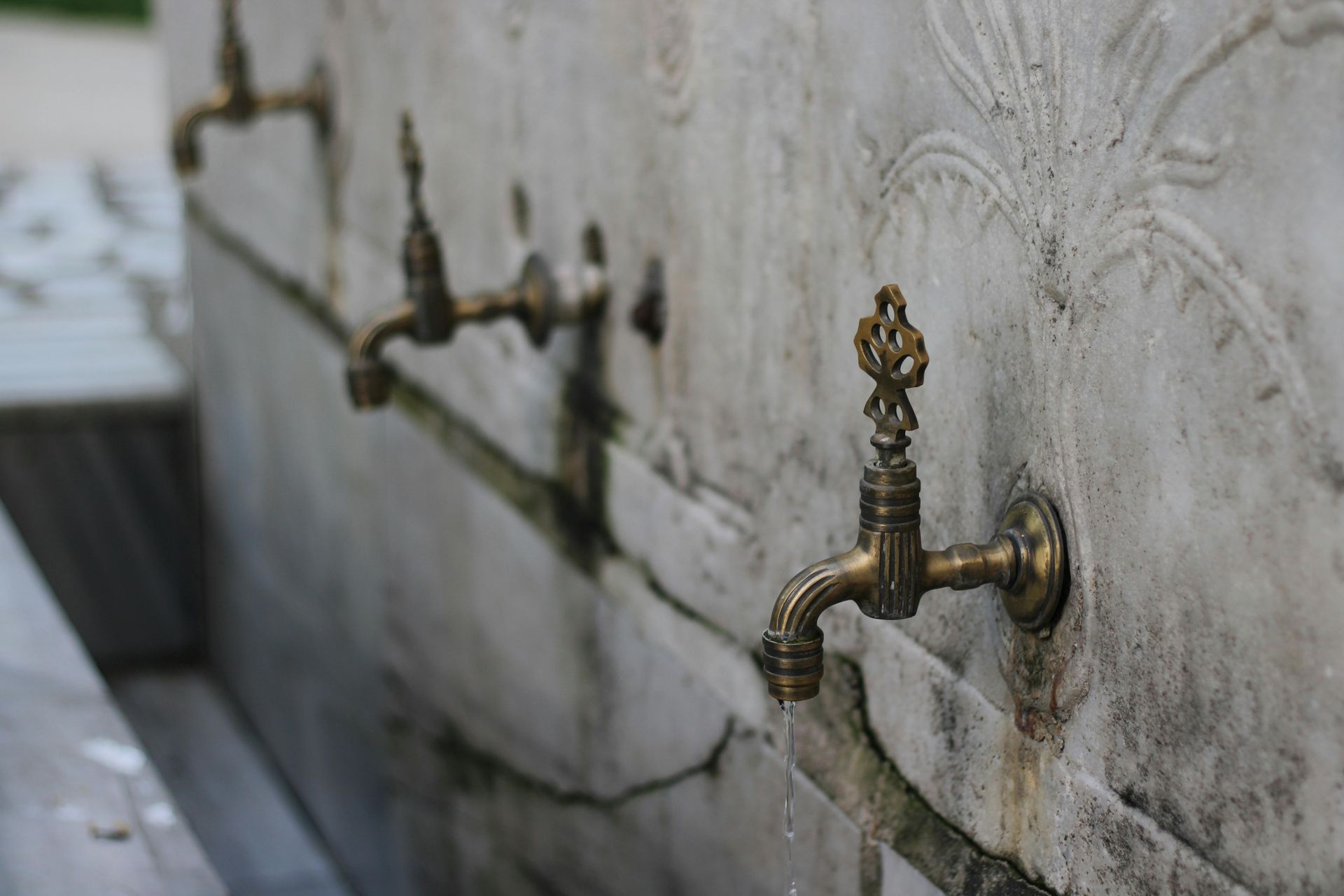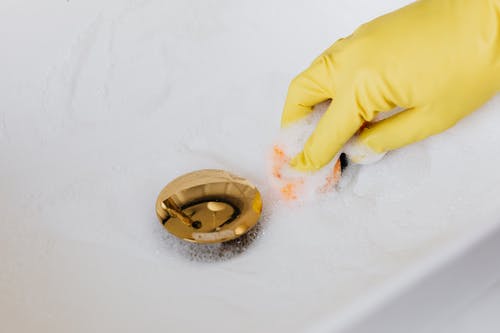How to Test Your Sump Pump for Proper Functioning
A sump pump is a crucial component of your home's drainage system, protecting your basement or crawl space from flooding. Regular testing ensures your sump pump operates efficiently when you need it most, such as during heavy rains or storms. This comprehensive guide will walk you through the steps of testing your sump pump, explaining the importance of routine maintenance and tips for addressing potential issues.
"What to Do If Your Sump Pump Fails During a Storm"
Why Testing Your Sump Pump Matters
Sump pumps are designed to operate during emergencies, making them one of the least-used yet most essential appliances in your home. Testing your sump pump ensures:
- Reliability: Regular checks confirm that your pump is ready to function when water levels rise.
- Longevity: Routine testing identifies issues early, reducing wear and tear on the system.
- Flood Prevention: Early detection of malfunctions prevents costly water damage to your property.
- Peace of Mind: Knowing your sump pump is in top shape provides confidence during stormy weather.
Tools You’ll Need
Before starting, gather the necessary tools and materials:
- A bucket or hose (for adding water to the sump pit)
- Flashlight
- Multimeter (optional, for testing electrical connections)
- Rubber gloves
- Cleaning supplies (for debris removal)
Step-by-Step Guide to Testing Your Sump Pump
Step 1: Locate Your Sump Pump
Identify where your sump pump is installed. Typically, it’s found in the basement or crawl space inside a sump pit. Ensure the area around the pump is accessible and free from clutter.
Step 2: Inspect the Pump and Pit
- Visual Inspection: Check for visible signs of damage or wear on the pump, such as rust, cracks, or loose components.
- Pit Condition: Ensure the sump pit is clean and free of debris, which can block the pump’s intake and reduce efficiency.
- Discharge Line: Verify that the discharge line is clear and directs water away from your home's foundation.
Step 3: Test the Power Source
- Check the Plug: Ensure the pump is plugged into a functioning power outlet. Avoid using extension cords, as they may cause voltage drops.
- GFCI Outlet: If your pump is connected to a Ground Fault Circuit Interrupter (GFCI) outlet, test it by pressing the “Test” and “Reset” buttons to confirm proper operation.
- Battery Backup: If your sump pump has a battery backup, inspect the battery for corrosion or wear and ensure it’s fully charged.
Step 4: Simulate Rising Water Levels
- Method 1: Use a Bucket or Hose
- Fill the sump pit with water using a bucket or hose until the float switch activates.
- Observe the pump as it removes water from the pit.
- Ensure the pump stops once the water level is sufficiently low.
- Method 2: Manually Lift the Float Switch
- If adding water isn’t practical, gently lift the float switch by hand.
- Listen for the pump motor to engage.
- Release the float switch and ensure the pump turns off.
Step 5: Test the Check Valve
The check valve prevents water from flowing back into the sump pit after it has been pumped out. During testing:
- Listen for water flowing back into the pit.
- If you hear water returning, inspect and replace the check valve if necessary.
Step 6: Evaluate the Pump’s Performance
- Flow Rate: Observe how quickly the pump removes water. Slow performance may indicate blockages or motor issues.
- Noise Levels: Unusual noises, such as grinding or rattling, may suggest mechanical problems.
- Vibration: Excessive vibration during operation could signal an imbalance or damaged impeller.
How to Maintain Your Sump Pump
Regular maintenance enhances your sump pump’s performance and lifespan. Follow these tips to keep your pump in top shape:
1. Clean the Pump and Pit
- Remove debris from the pit and pump intake.
- Rinse the pump’s exterior to clear dirt and grime.
2. Inspect the Float Switch
- Ensure the float switch moves freely without obstructions.
- Replace the switch if it’s worn or damaged.
3. Test the Discharge Line
- Clear any clogs in the discharge line.
- Insulate the line to prevent freezing in colder months.
4. Check the Backup System
- For battery backups, ensure the battery is charged and replace it every 3-5 years.
- Test water-powered backups by activating them manually.
5. Schedule Professional Inspections
- Have a plumber inspect your system annually for any underlying issues.
Common Issues and Troubleshooting Tips
1. Pump Won’t Start
- Check the power connection and GFCI outlet.
- Inspect the float switch for obstructions.
2. Pump Runs Continuously
- Adjust the float switch to prevent it from sticking.
- Check for leaks in the discharge line or faulty check valve.
3. Loud or Unusual Noises
- Clean or replace the impeller if damaged.
- Lubricate moving parts as needed.
4. Slow Pumping
- Clear debris from the intake or discharge line.
- Test the motor for performance issues and replace it if necessary.
When to Replace Your Sump Pump
Even with regular testing and maintenance, sump pumps have a finite lifespan. Consider replacing your pump if:
- It’s older than 7-10 years.
- Repairs are frequent and costly.
- Performance has significantly declined despite maintenance.
Why Regular Testing Saves You Money
Neglecting your sump pump can lead to severe water damage, resulting in expensive repairs. Regular testing prevents such scenarios by ensuring:
- Early detection of issues.
- Proper operation during emergencies.
- Reduced risk of basement flooding.
Conclusion
Testing your sump pump is a simple yet essential task that ensures it’s ready to protect your home during heavy rains or storms. By following the steps outlined in this guide and committing to routine maintenance, you can extend the life of your pump, prevent flooding, and save money in the long run. Don’t wait for the next storm to discover an issue—test your sump pump today and enjoy peace of mind knowing your home is safeguarded.











